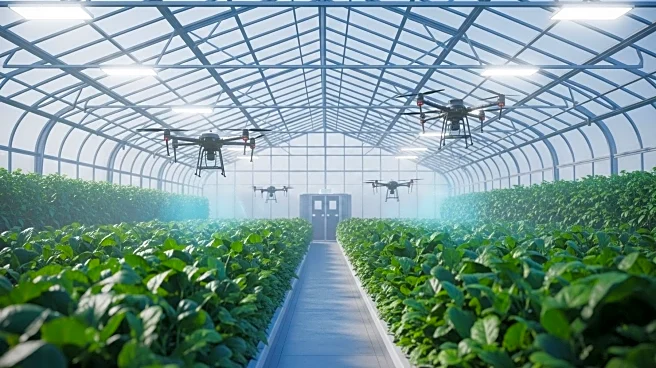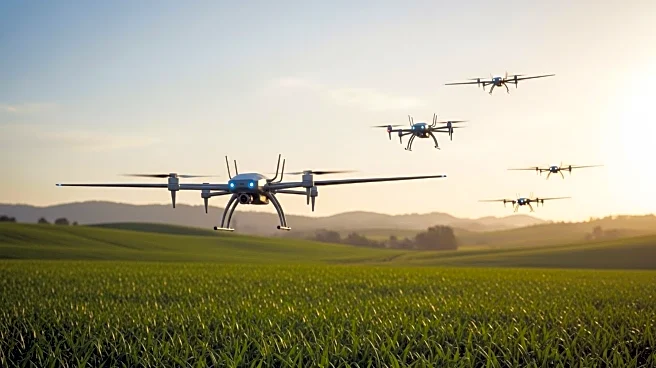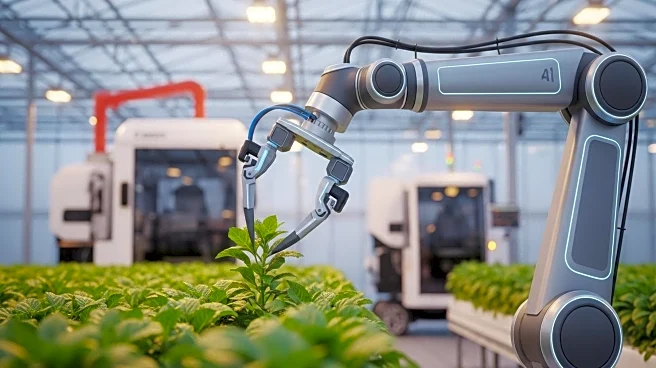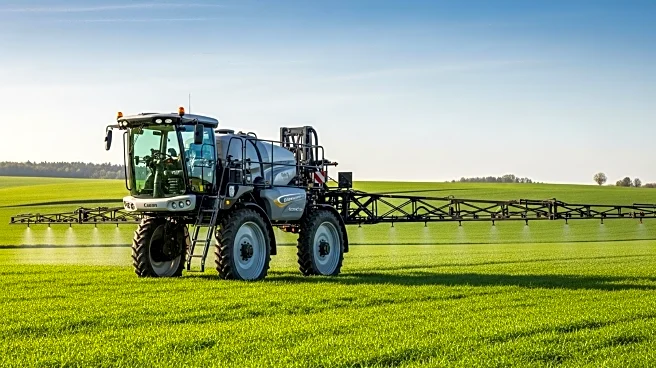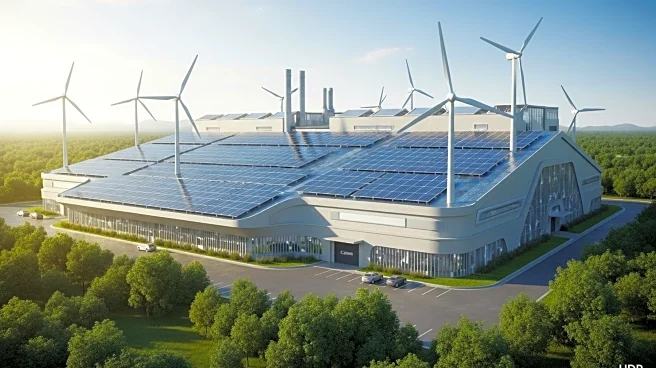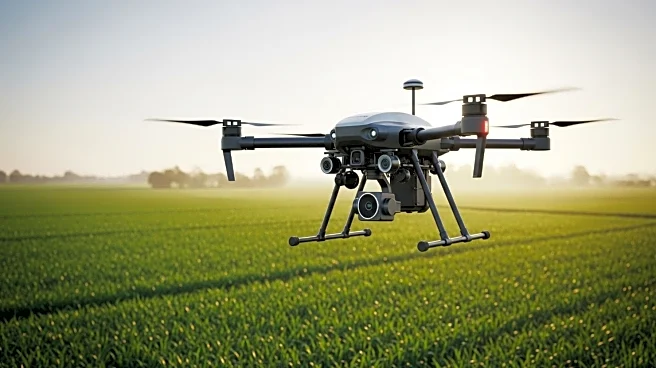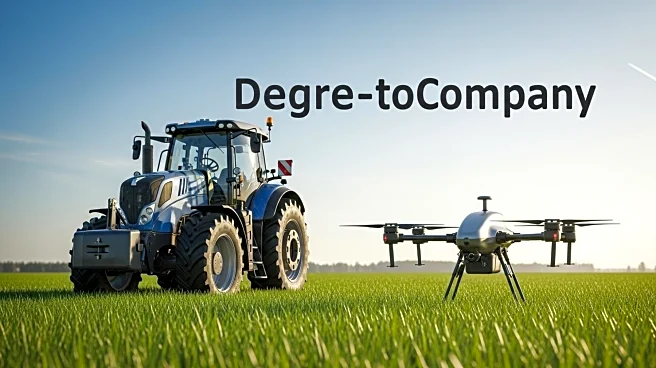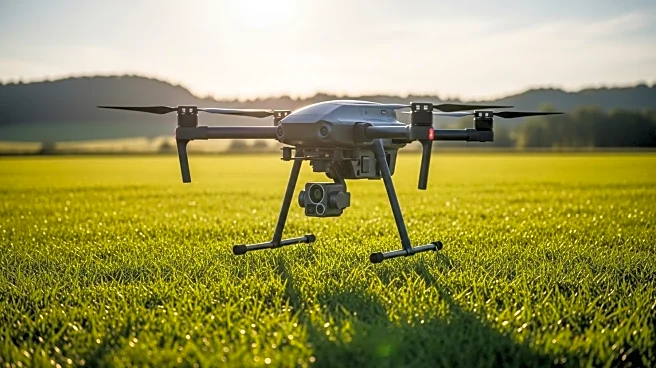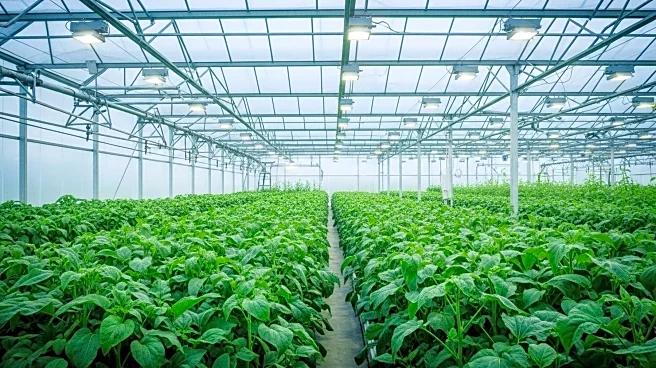What is the story about?
What's Happening?
The global agriculture market is forecasted to grow to $12 trillion by 2033, with a compound annual growth rate (CAGR) of 4.5%. This growth is driven by increasing food demand, technological advancements, and a focus on sustainability. As the global population is expected to reach 9.7 billion by 2050, agriculture's role in ensuring food security and boosting rural economies becomes critical. Innovations such as precision farming, smart greenhouses, and livestock monitoring systems are transforming agricultural practices, while consumer demand for organic and eco-friendly products is rising.
Why It's Important?
The projected growth of the agriculture market highlights its significance in addressing global food security and economic development. Technological advancements are enhancing efficiency and sustainability, offering opportunities for investment and innovation. The focus on sustainable practices is crucial for mitigating environmental challenges such as greenhouse gas emissions and resource depletion. As agriculture remains a cornerstone of the global economy, stakeholders must prioritize sustainable and innovative approaches to ensure long-term resilience and profitability.
What's Next?
The agriculture sector is expected to continue evolving with advancements in AI, robotics, and IoT solutions, optimizing productivity and operational efficiency. Sustainable farming practices, including climate-smart agriculture and renewable energy integration, will gain prominence. The expansion of digital supply chains and e-commerce platforms will transform distribution, improving market access and transparency. Companies and governments investing in innovation and sustainability are likely to capture significant growth opportunities in the coming decade.
Beyond the Headlines
The growth of the agriculture market reflects broader trends in technological adoption and sustainability, with implications for global food security and environmental stewardship. The integration of digital technologies and sustainable practices is reshaping agricultural landscapes, offering new opportunities for economic development and social impact. As the sector continues to evolve, stakeholders must navigate challenges related to resource management and climate change, ensuring that agriculture remains a driver of innovation and resilience.
AI Generated Content
Do you find this article useful?
